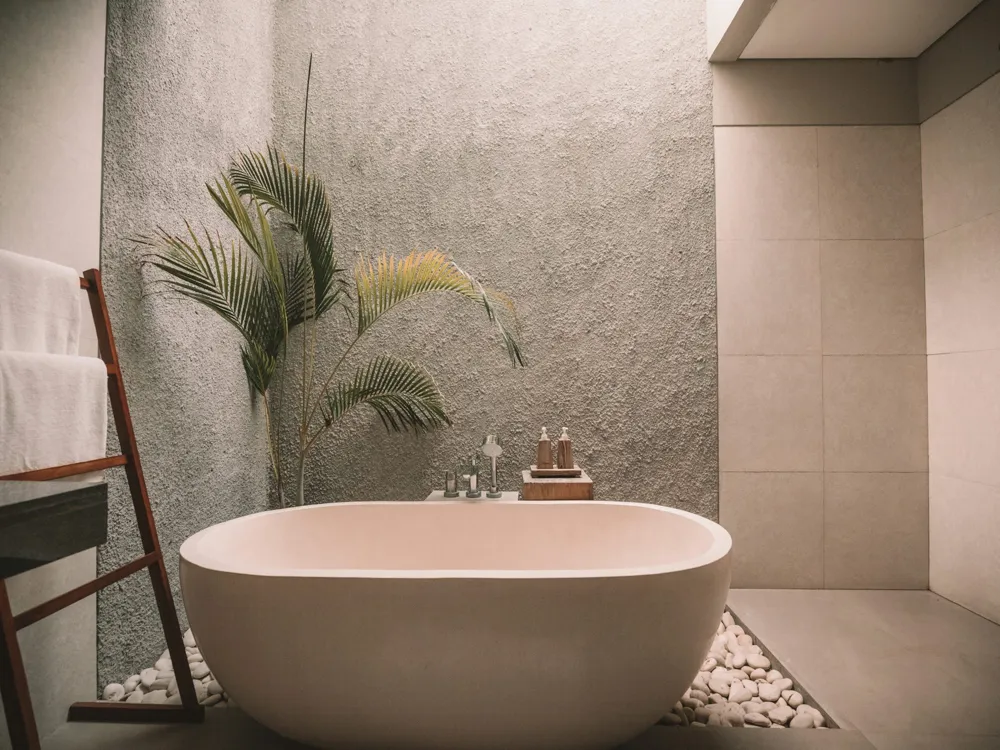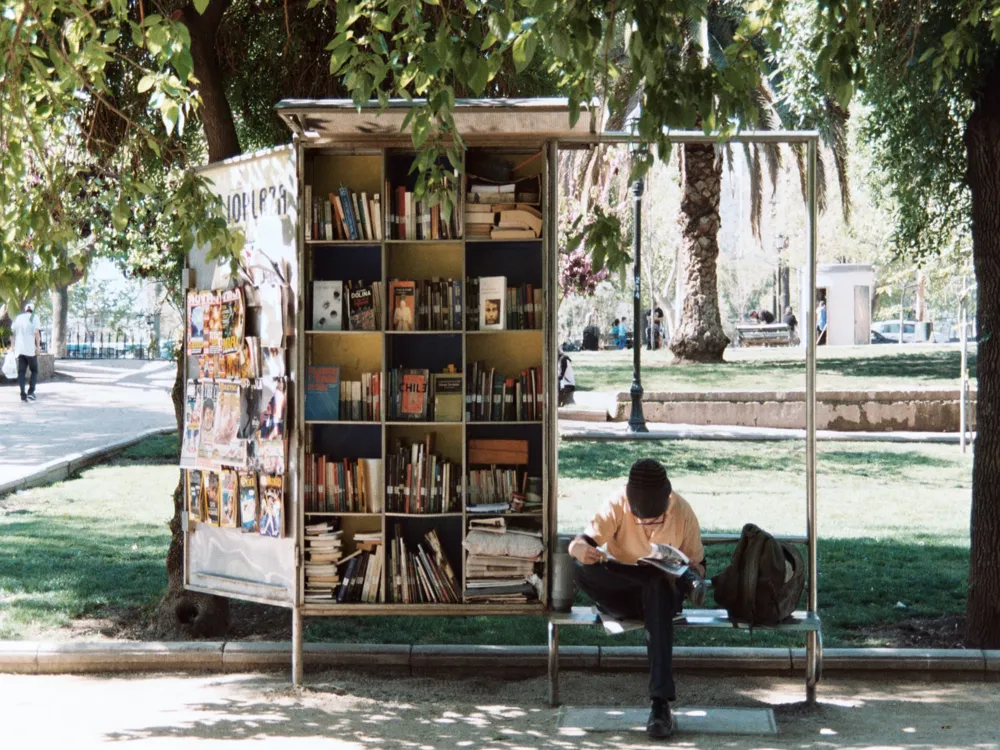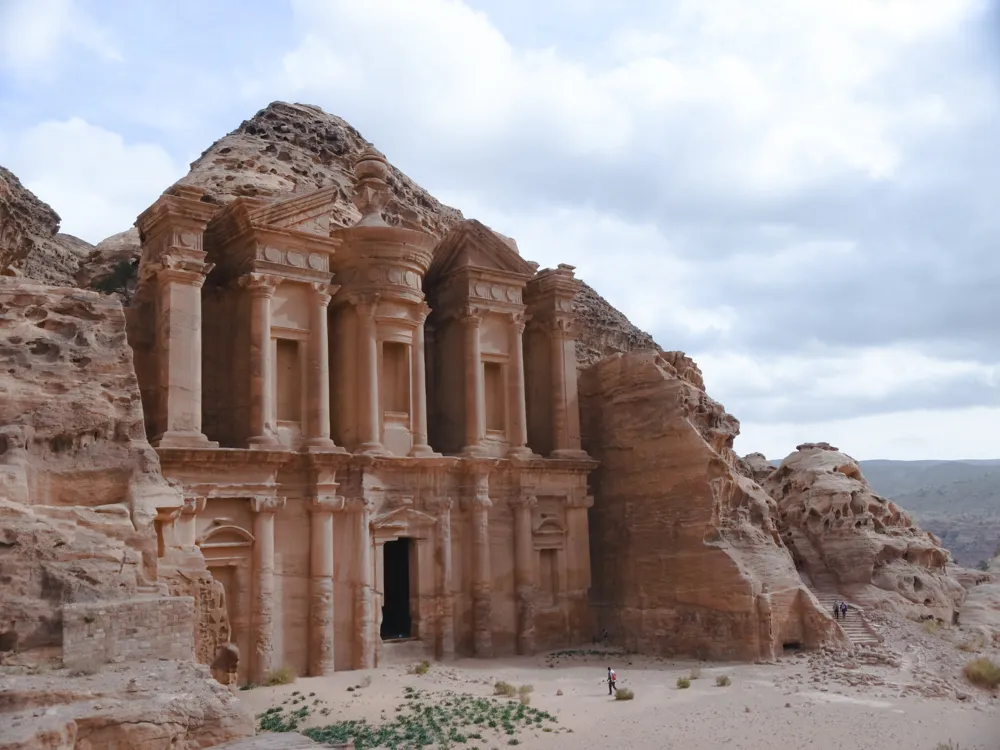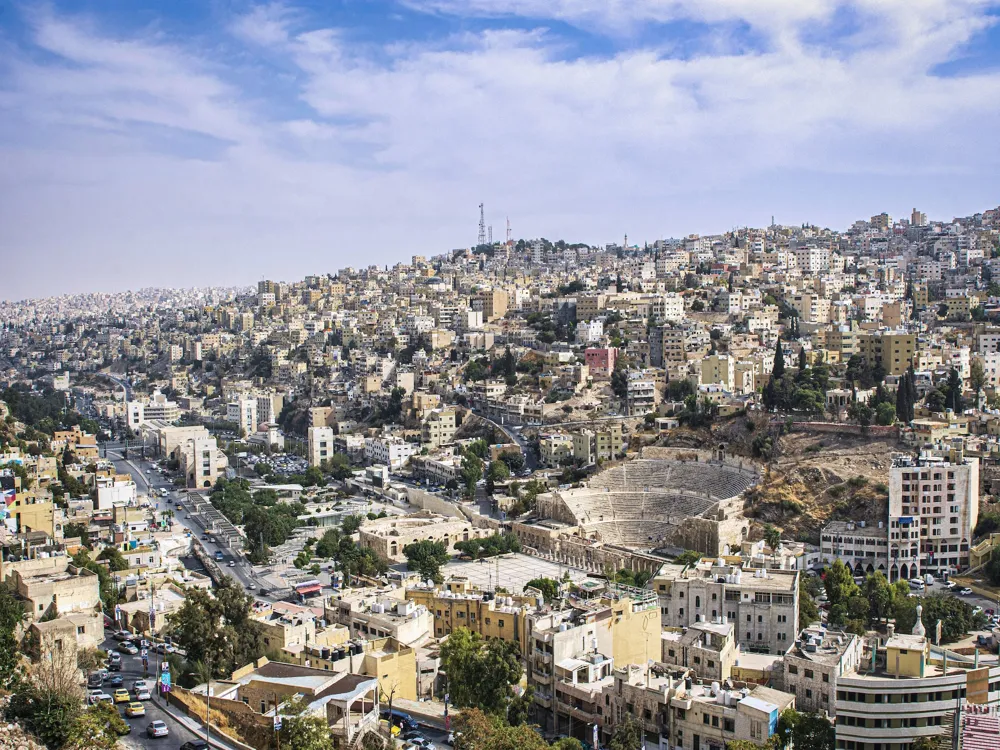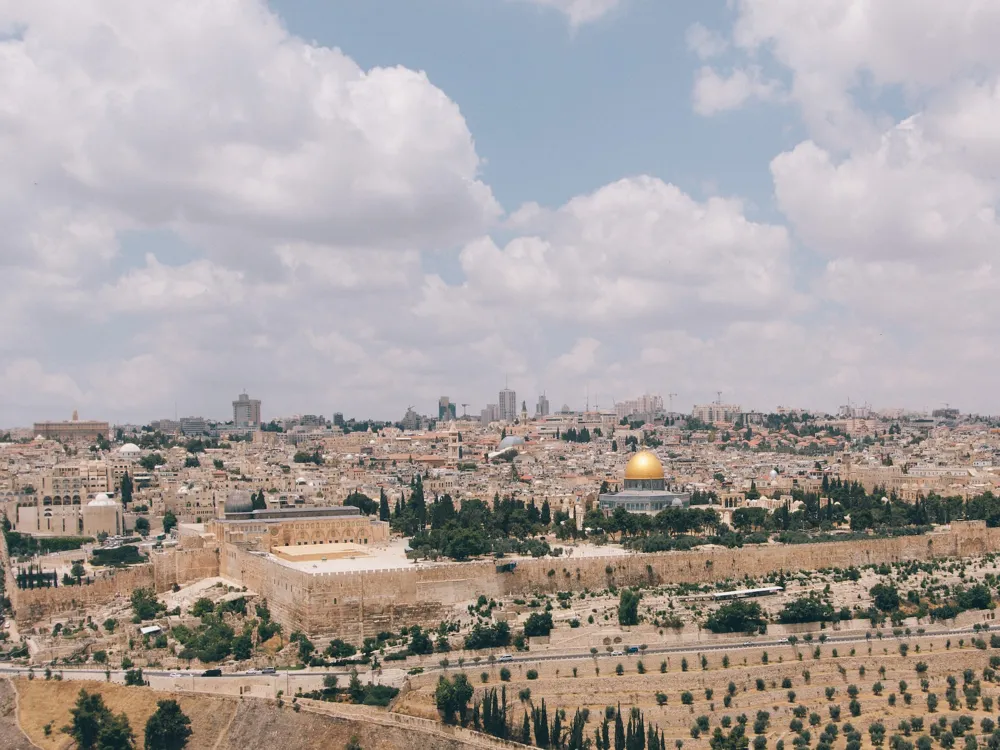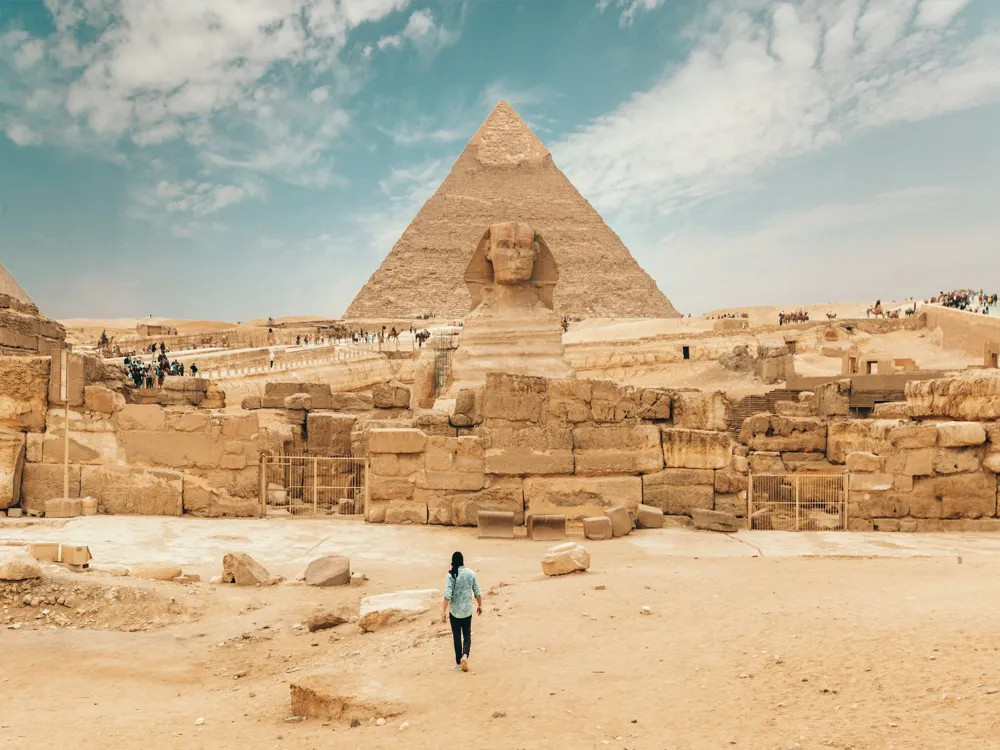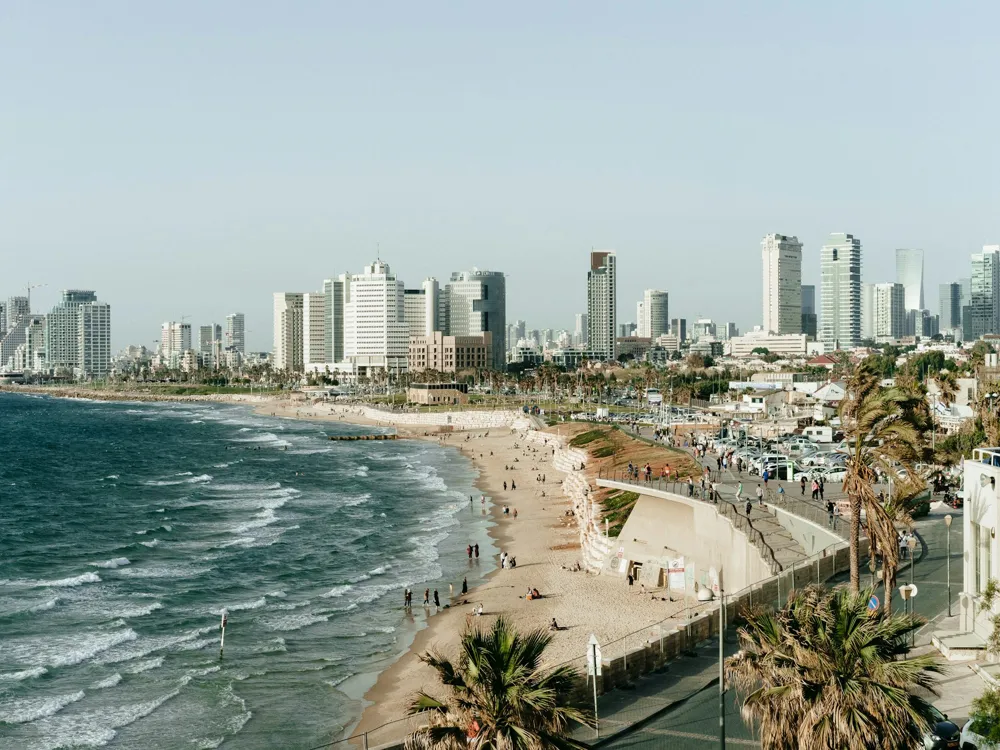The Turkish Bath, also known as Hammam, in Aqaba is a quintessential part of Jordan's rich cultural heritage, offering a unique window into traditional Middle Eastern bathing practices. This hammam is not just a bath but a social hub, deeply ingrained in the local lifestyle. Historically, these baths played a pivotal role in communities, serving as places for relaxation, socializing, and even conducting business. At the core of the Turkish bath experience is the principle of cleansing and relaxation. Visitors are treated to a series of rooms with varying temperatures, from the warm 'tepidarium' to the hot 'caldarium', and then to the cooler 'frigidarium'. This progression is designed to cleanse the body and relax the mind, offering a therapeutic and rejuvenating experience. Traditional hammams in Aqaba are often decorated with intricate designs, featuring beautiful tilework and ornate detailing, which reflect the rich history and craftsmanship of the region. The hammam experience is complemented by various services like exfoliating scrubs, massages, and the application of aromatic oils, adding layers of luxury and indulgence to this age-old tradition. The architecture of the Turkish bath or Hammam in Aqaba is a fascinating blend of Roman bathing principles and Islamic architectural elements. The structure typically includes a series of interconnected rooms, each serving a specific purpose in the bathing process. The walls and floors are often made of marble or stone, which are not only aesthetically pleasing but also functional, as they retain heat efficiently. One of the most striking features of the hammam's architecture is its dome-shaped ceilings with small glass windows. These windows, often intricately designed, allow natural light to filter through, creating a serene and mystical atmosphere inside. The central part of the hammam, usually the hot room, often features a large, heated marble platform known as 'gobektasi', where bathers can lie down and soak in the warmth. The design also includes intricate tile work and arabesque patterns, which are not only visually stunning but also reflect the rich cultural and artistic heritage of the region. The use of water in the hammam is also a critical element, with the sound of flowing water adding to the overall sensory experience, creating an oasis of calm and tranquility. Before visiting a Turkish bath, it's important to know what to bring. Typically, you should have a bathing suit, a towel, and flip-flops. Some hammams provide these items, but it's always best to check in advance. It's also advisable to bring your own toiletries, like soap and shampoo, although traditional olive oil soaps are often available on-site. Understanding and respecting local customs and etiquette is crucial when visiting a hammam. It's important to be modest and maintain a respectful demeanor. In many hammams, genders are either separated or have different visiting hours, so it’s important to check this beforehand. Speaking softly and maintaining a peaceful environment is also part of the hammam etiquette. While hammams are generally safe, it's important to consider your health before entering. The heat and steam can be intense, so it’s not advisable for individuals with certain health conditions. Staying hydrated is crucial, and it’s recommended to take breaks between the hot and cold rooms to regulate your body temperature. To reach the Turkish Bath or Hammam in Aqaba, visitors have several options. Aqaba is well-connected by road, and the hammam is easily accessible by taxi or bus from the city center. For international visitors, Aqaba has its own airport, King Hussein International Airport, which is only a short drive from the city. Additionally, Aqaba is a popular stop for cruise ships, making it convenient for those traveling by sea. Once in the city, local transport or a leisurely walk can lead you to the rejuvenating experience of the hammam. Read More:Overview of the Turkish Bath or Hammam of Aqaba
Architecture of the Turkish Bath or Hammam
Tips When Visiting Turkish Bath or Hammam
Preparation and What to Bring
Etiquette and Cultural Norms
Health Considerations
How To Reach Turkish Bath or Hammam in Aqaba
Turkish bath or Hammam
Aqaba
₹ 71,000 onwards
View aqaba Packages
Weather :
Tags : Spa & Wellness
Timings : 10:00 - 22:00
Entry Fee : JD15
Planning a Trip? Ask Your Question
Aqaba Travel Packages
View All Packages For Aqaba
Top Hotel Collections for Aqaba

Private Pool

Luxury Hotels

5-Star Hotels

Pet Friendly
Top Hotels Near Aqaba
Other Top Ranking Places In Aqaba
View All Places To Visit In aqaba
Faq on Aqaba
What is a Turkish bath or Hammam in Aqaba?
A Turkish bath or Hammam in Aqaba is a traditional bathing facility inspired by Ottoman bathing culture, offering a cleansing and relaxing experience.
What are the benefits of visiting a Turkish bath or Hammam in Aqaba?
Visiting a Turkish bath or Hammam in Aqaba can provide numerous benefits including relaxation, improved circulation, detoxification, and skin exfoliation.
What should I expect during a Turkish bath or Hammam session in Aqaba?
During a Turkish bath or Hammam session in Aqaba, expect to be steamed, scrubbed, and massaged by skilled attendants using traditional techniques and natural products.
Are Turkish baths or Hammams in Aqaba suitable for all ages?
Yes, Turkish baths or Hammams in Aqaba are generally suitable for all ages, although it's advisable to check with the facility beforehand for any age restrictions or special considerations.
How long does a typical Turkish bath or Hammam session in Aqaba last?
A typical Turkish bath or Hammam session in Aqaba can last anywhere from 30 minutes to an hour, depending on the package or treatment chosen.
View aqaba Packages
Weather :
Tags : Spa & Wellness
Timings : 10:00 - 22:00
Entry Fee : JD15
Planning a Trip? Ask Your Question
Aqaba Travel Packages
View All Packages For Aqaba
Top Hotel Collections for Aqaba

Private Pool

Luxury Hotels

5-Star Hotels

Pet Friendly
Top Hotels Near Aqaba
Other Top Ranking Places In Aqaba
Faq on Aqaba
What is a Turkish bath or Hammam in Aqaba?
A Turkish bath or Hammam in Aqaba is a traditional bathing facility inspired by Ottoman bathing culture, offering a cleansing and relaxing experience.
What are the benefits of visiting a Turkish bath or Hammam in Aqaba?
Visiting a Turkish bath or Hammam in Aqaba can provide numerous benefits including relaxation, improved circulation, detoxification, and skin exfoliation.
What should I expect during a Turkish bath or Hammam session in Aqaba?
During a Turkish bath or Hammam session in Aqaba, expect to be steamed, scrubbed, and massaged by skilled attendants using traditional techniques and natural products.
Are Turkish baths or Hammams in Aqaba suitable for all ages?
Yes, Turkish baths or Hammams in Aqaba are generally suitable for all ages, although it's advisable to check with the facility beforehand for any age restrictions or special considerations.
How long does a typical Turkish bath or Hammam session in Aqaba last?
A typical Turkish bath or Hammam session in Aqaba can last anywhere from 30 minutes to an hour, depending on the package or treatment chosen.








